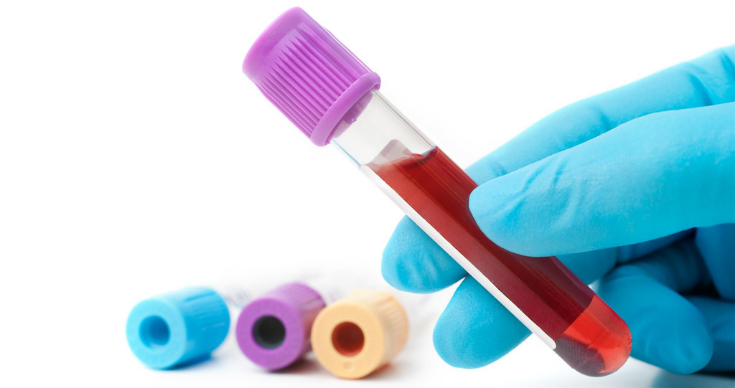Blood-Related Diseases – Types And Treatment At a Glance
No matter how healthily we thrive to lead our life, falling sick is an inevitable part of life. There are various kinds of illnesses out there, affecting certain organs, organ system, muscle or bones. Today, we are going to discuss blood-related diseases, its types, diagnosis, and treatment. Let’s understand these aspects, one by one.
Blood-related diseases come under a specialty called the hematology. The scope of hematology is enormous and there is a wide range of condition affecting some or the other component of blood. Most of them occur due to a certain mutation in the blood, while many others onset due to certain illnesses, certain medication, unhealthy diet, and lifestyle, over a prolonged period of time. Blood disorders, if left untreated, adversely affects the ability to form effectively. The particular diseases are named accordingly as follows.
1. Red Blood Corpuscles (RBC)
It carries oxygen to tissues. Diseases that involve a decrease in its components is called anemia while the increase in its components is called erythrocytosis.
Some common diseases involving RBC are Anaemia, Pernicious Anaemia, Autoimmune haemolytic anaemia, Sickle cell anaemia, Polycythaemia Vera, Malaria, Thalassemia and others.
Diagnosis of diseases related to the RBC can be diagnosed with-
- Group of blood tests
- Review personal medical history
- Review family medical history
- Physical exams
- Bone marrow aspiration and biopsy
Its treatment includes a dietary change, blood transfusion, medication for production of are RBC and surgery.
2. White Blood Corpuscles (WBC)
It fights infection in the body. Diseases that involve a decrease in its components is called leukopenia while increasing in its components is called leukocytosis.
Some common diseases involving WBC are- Lymphoma, Leukaemia, Multiple myelomas, Myelodysplastic syndrome, etc.
Diagnosis of diseases related to the WBC can be diagnosed with-
- Blood tests and urine tests
- Bone marrow aspiration and biopsy
- Lumbar puncture (spinal tap)
- X-ray, CT, PET scans, MRI, and ultrasound
Its treatment needs monitoring to evaluate the most suitable approach. It may include (either one or more) chemotherapy, surgery, drug therapy, radiotherapy, stell cell transplant, etc.
3. Blood Platelets
It helps in the blood clotting mechanism. Diseases that involves a decrease in its components is called thrombocytopenia while increasing in its components is called thrombocythemia or thrombocytosis.
Some common diseases involving blood platelets are Thrombocytopenia, Idiopathic thrombocytopenic purpura, Heparin-induced thrombocytopenia, Thrombotic thrombocytopenic purpura, Essential thrombocytosis.
Diagnosis of diseases related to the platelets can be diagnosed with-
- Group of blood tests
- Review personal medical history
- Review family medical history
- Physical exams
Its treatment includes several replacement therapies for each individual, with a specific clotting agent for the specific factor that they lack. It might also include blood transfusion, immunoglobulins, and surgery in certain cases.
ILS Hospitals, one of the best hospitals in the region, with our expert hematologists are all set to address various conditions that arise due to blood disorders. In case you are suffering from any of the above-mentioned illness, don’t waste precious moments and seek quality treatment and care at your earliest convenience to address them effectively.











